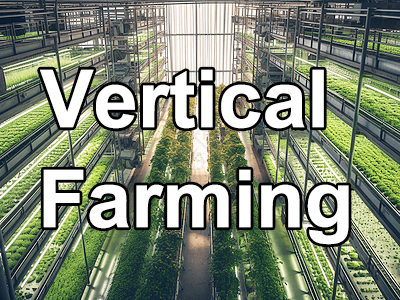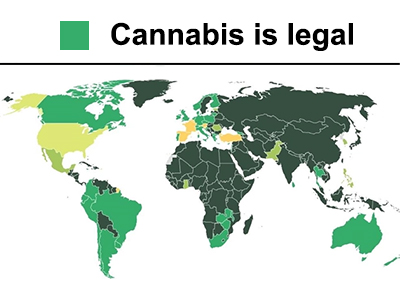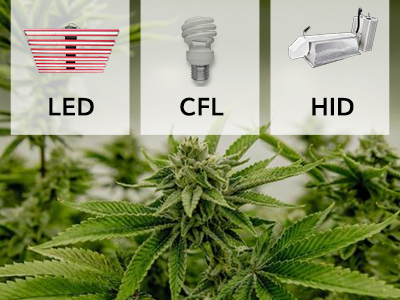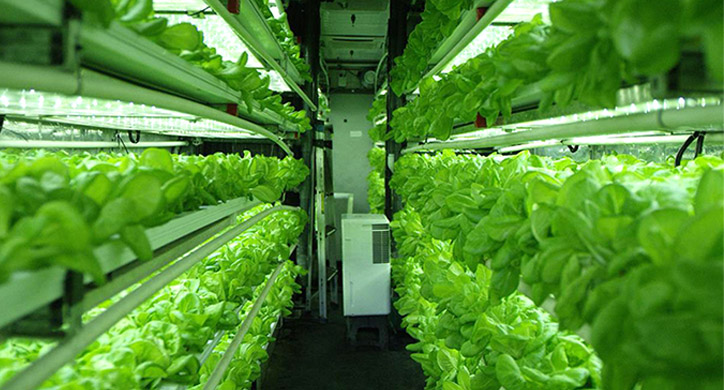
Driving outside the city, you may involuntarily appreciate the green fields. When it comes to agriculture, people think of such a rural environment. If now imagine a skyscraper in an urban area. Each floor has a room full of vertical farming grow lights for growing leafy vegetables, tomatoes, cucumbers and even watermelons all year round. Do you suspect that this is a scene in a science fiction movie, this is true, it is today's agriculture, vertical farming.
What is vertical farming?
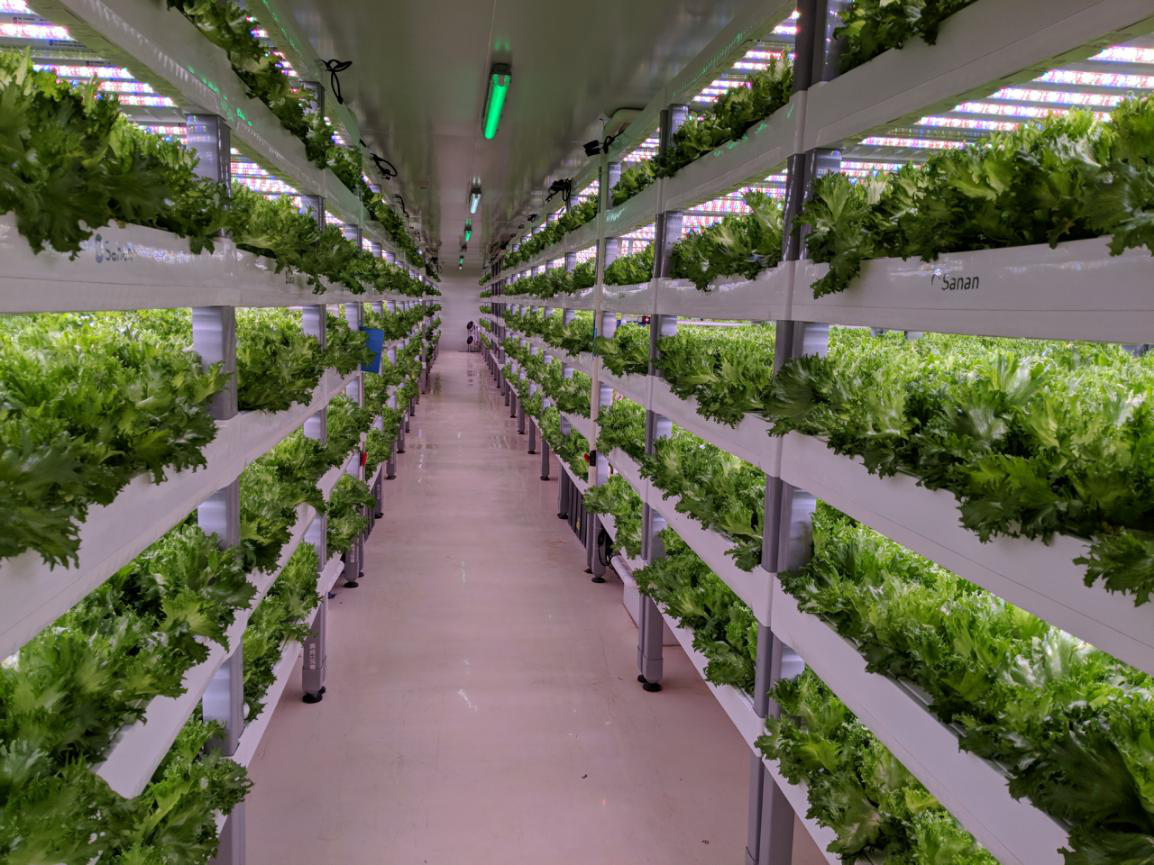
Vertical farming is the practice of growing agricultural products in vertically stacked layers. In these types of farms, food is grown indoors, usually in buildings or skyscrapers. Most vertical farms use closed structures similar to greenhouses, stacked vertically, or directly stacked on top of them, or staggered to obtain better natural light exposure. The modern concept of vertical farming uses indoor agricultural technology to control all environmental factors. These facilities utilize manual control of vertical farming grow light, environmental control, etc.
Why does vertical farming appear?
In a linear system, feeding the urban population is particularly challenging. Agriculture is limited by the amount of space for growing crops. The size of the field where you grow crops determines how much you can grow. This may limit the total output of the farm, making it difficult to expand and produce more food. Unfortunately, more than 80% of the world's land suitable for growing these crops has been used. This is where vertical agriculture has entered. Since then, vertical farming has been conducted indoors, eliminating the possibility of environmental damage such as weather, pests and diseases. The software can ensure that all plants get the same amount of light, water and nutrients. Proper management means that no herbicides or pesticides are needed.
We also need to grow food for those who need it as much as possible. We need to grow food directly in cities and create more local economies as needed, instead of delivering food from every corner of the earth. These practices may reduce carbon emissions. Now, if we say that you can cultivate without soil, you can do sunlight even without water, and there is almost no water. Confused enough? This is what vertical farming does. Vertical farms come in different shapes and sizes. However, all vertical farms use one of three soilless systems to provide nutrients to plants-hydroponics, aeroculture or hydroponics.
How do plants grow?
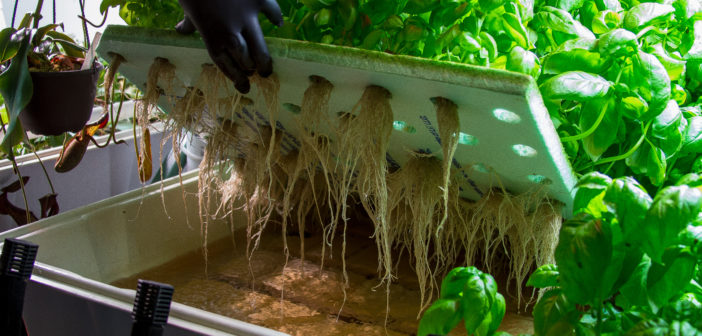
We know that plants grow through a process called photosynthesis. In this process, they use sunlight and the chemical substance inside the leaves called chlorophyll to convert carbon dioxide and water into glucose and oxygen. So where is the "soil", there may be nowhere to go. This leads to the conclusion that our ancient concept of proper soil is not actually about soil, but about the nutrients available in the soil. If we can provide it to our plants, then they can work without soil. Under growth. This is all about hydroponics, aviation and aquaculture.
By definition, hydroponics is a method of growing plants in a water-based nutrient-rich solution. The basic premise of hydroponics is to allow plant roots to be in direct contact with the nutrient solution, while also obtaining oxygen. Therefore, the root system is smaller and the plant grows more abundantly. It uses 70% less water than open agriculture. The biggest advantage is that it can be stacked anywhere. One of the best practices of urban agriculture. In a rapidly urbanizing world, hydroponic systems can be integrated into any space.
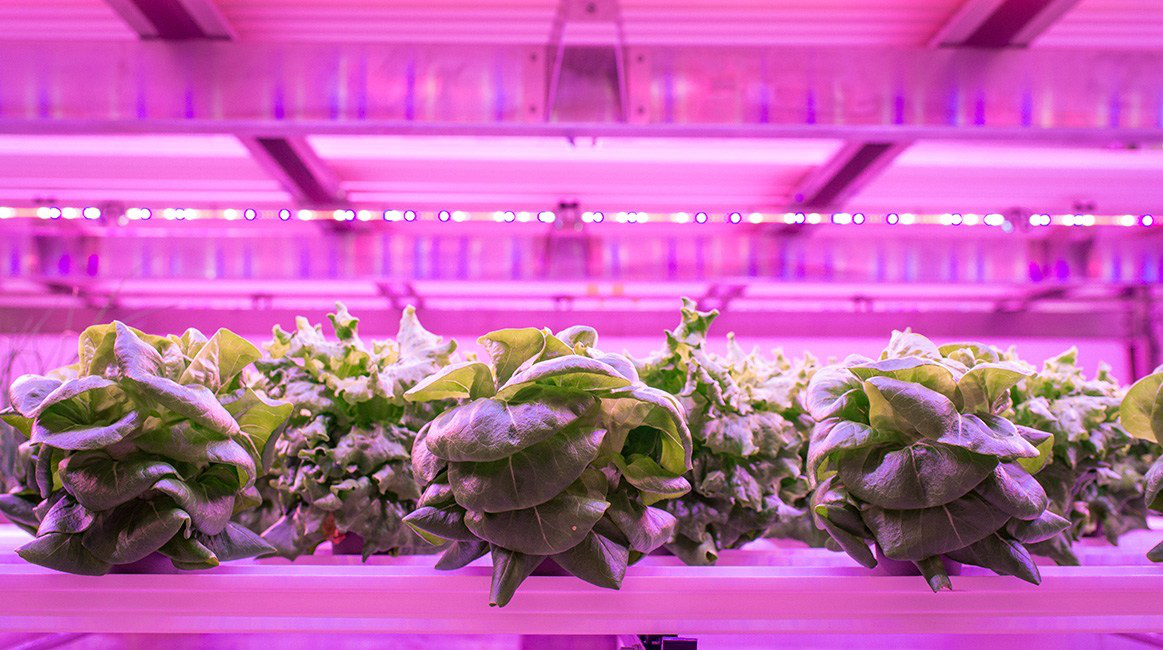
Aeroponics is another way to grow plants that require the least water. The roots of plants are suspended in the air, and nutrients are sprayed directly on the root structure in a fine mist. This process reduces water consumption by 70% and saves more water than hydroponics. This approach is most suitable for dry areas with severe water shortages. The desert regions of Africa, Arizona's arid land and interlocking countries with water scars can benefit from the practice of Aeroponics. In the future, when there is a shortage of water, these practices will lead us to achieve food security.
A light-emitting diode (LED) is a compact, energy-saving and can be designed to emit a specific wavelength of vertical farming grow light source, used as an alternative light source for sunlight. Plants do not use the entire spectrum. Studies have shown that plants mainly absorb only part of the spectrum. The peak wavelength of chlorophyll absorption is about 450 nanometers and 650 nanometers (blue and red respectively). vertical farming grow light using LEDs can be designed to emit only these wavelengths and therefore only provide the light needed by plants.
The fish-vegetable symbiosis system takes a step further in the hydroponic system, combining plants and fish in the same ecosystem. Fish grow in indoor ponds and produce nutrient-rich wastes that are used as feed sources for vertical farm plants. In turn, these factories filter and purify wastewater, which is recycled to fish ponds. In a hydroponic system, water from the aquaculture system is transported to the hydroponic system, where by-products are initially decomposed by nitrifying bacteria into nitrite and then into nitrate, which is used by plants as nutrients. The water is then recycled back to the system.
More applications
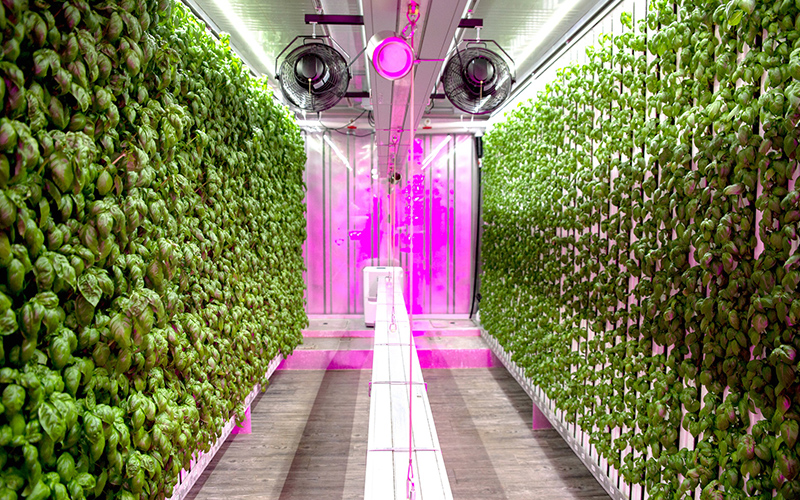
You wanted to put a swing on the roof that day, as well as a few chairs and some potted plants. Have you ever thought that your roof is more capable than that? Well, if you haven't considered it yet, because green roof buildings have become an integral part of vertical agriculture.
A green roof is a vegetation landscape composed of a series of layers that are installed on the roof surface, such as "loosely laid" or modularly installed on the roof or as prefabricated layers in pallets. Rooftop agriculture raises urban agriculture to a new level while providing fresh food to the community. It calmly balances the hustle and bustle of our daily lives with peace and tranquility. What could be better than swinging in fresh greenery?
The container vertical farm is a fully turnkey agricultural system without worrying about weather, pests, heating prices or water. They planted crops equivalent to an acre of field in a 40-foot container, usually to ship goods around the world. These independent units have a computer-controlled growth management system, allowing users to remotely monitor all systems via smart phones or computers.
Sum up
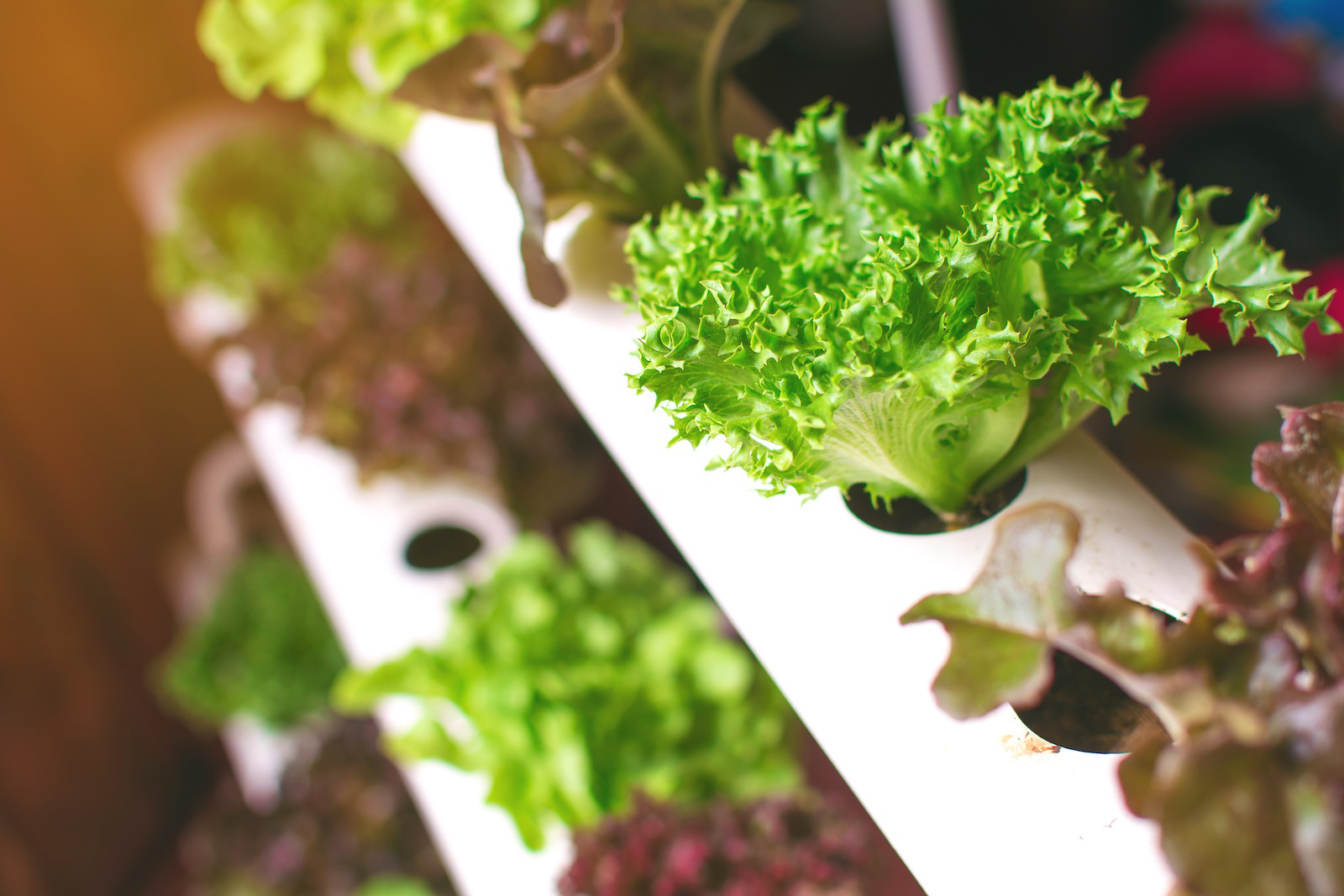
Farming enthusiasts say, "The problem is the solution." How we grow, our growth and our growth will be shaped by today's innovators. Challenges exist and will always exist, but making new things is always worth trying. Food is the best way to bring us together, and to celebrate it is to make them equal.





















